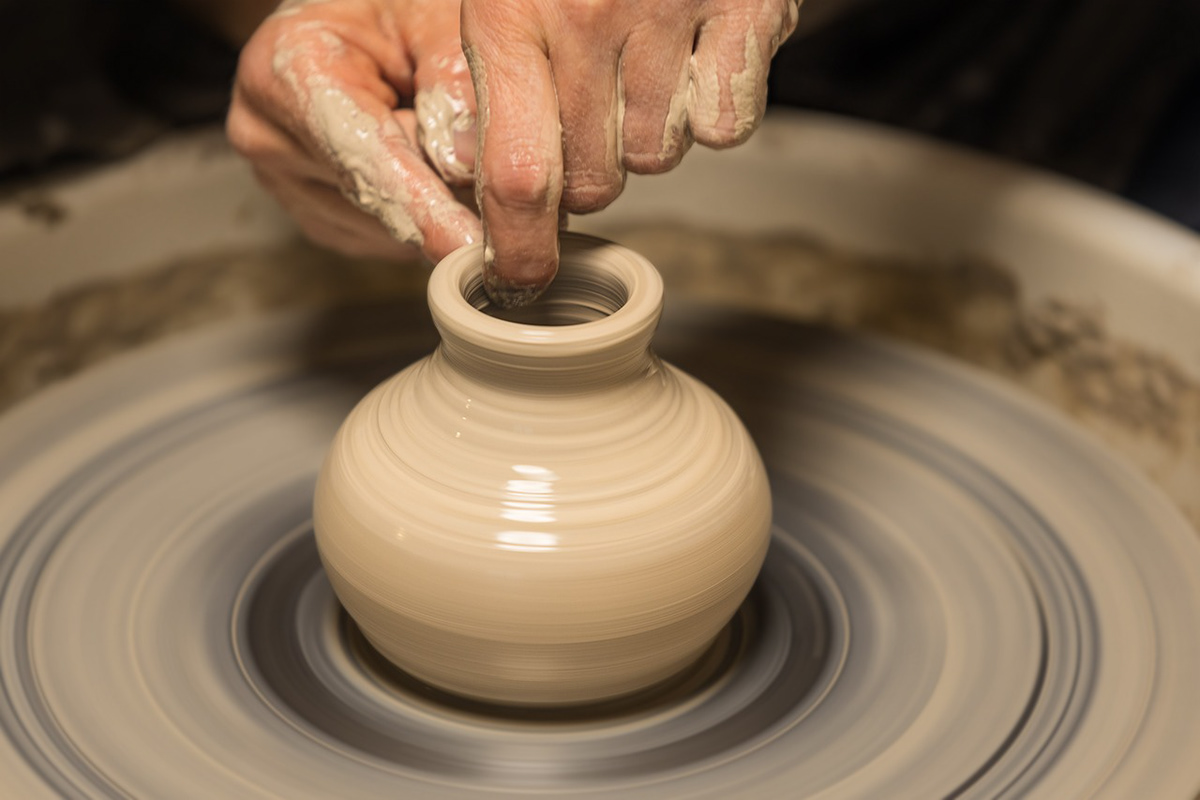
Discovering the Art of Pottery
Pottery is a decorative craft dating back to ancient China. Once dubbed a dying art, pottery has re-emerged due to its benefits. It induces relaxation, produces unique, handmade crafts to sell and make money, and acts as an avenue for creativity. Today, pottery has become a hobby for people of all ages.
What is Pottery?
Pottery is a process that uses clay to form vessels, pots, and other objects. These modeled objects are fired at high temperatures to make them hard and durable enough to take a sustainable, concrete shape. These shapes are then glazed to create the finished products, which are called pottery.
Equipment Needed for Pottery
The following tools and supplies are required for pottery:
Apron
Sponges
Brushes
Clay
Glaze
Kiln
Pottery Wheel
Rolling Pin
Metal Scraper
Ribs
Potter’s Needle
Cut-Off Wires
How to Do Pottery?
Pottery is a multi-step process that requires time, patience, and precision.
Choose the suitable clay for your needs and use cut-off wires to separate lumps as needed. Standard options for clay are:
Earthenware is easier to mold and is a low-fire clay, which is easier to decorate
Stoneware is ideal for beginners as it’s more durable and easier to shape
Porcelain is more elastic, so it is harder for beginners to mold
Wedge the clay to get rid of any air bubbles that could interfere with the workability of the clay.
Stoneware is ideal for beginners as it’s more durable and easier to shape
Porcelain is more elastic, so it is harder for beginners to mold
Wedge the clay to get rid of any air bubbles that could interfere with the workability of the clay.
Choose the technique to make pottery. There are four primary options:
Slab construction, which uses a slab to roll out clay and then shape it
Coiling, which works for bigger pieces of clay. One roll of clay is piled on top of the other, then flattened and smoothed to shape the pottery
Pinching is the most straightforward technique. It starts off with a small ball of clay, and uses a pinching motion to thin out the pot's walls
Potter’s Wheel, which is ideal for bowls and plates. However, this requires skill.
Slab construction, which uses a slab to roll out clay and then shape it
Coiling, which works for bigger pieces of clay. One roll of clay is piled on top of the other, then flattened and smoothed to shape the pottery
Pinching is the most straightforward technique. It starts off with a small ball of clay, and uses a pinching motion to thin out the pot's walls
Potter’s Wheel, which is ideal for bowls and plates. However, this requires skill.
Trim the clay into the desired shape. You may use ribs or a scraper to smoothen the edges and a needle for trimming the top edges.
Store the pottery and let it bone dry
Fill the kiln and bisque fire the clay. Avoid exceeding a temperature of 1063 degrees Celsius. It will take 20-25 hours to bake the clay.
Decorate or paint the pottery as desired
Glaze the finished product using a dipping, brushing, spraying, or pouring technique
Let the glazed pottery dry.
Fire the glazed pottery into the kiln one final time between temperatures 990 degrees Celsius and 1280 degrees Celsius.
About the Author: Amita Vadlamudi, a retired computer professional is a regular contributor to Behance, and also to few other websites, including Medium, Slideshare, and Strikingly.
